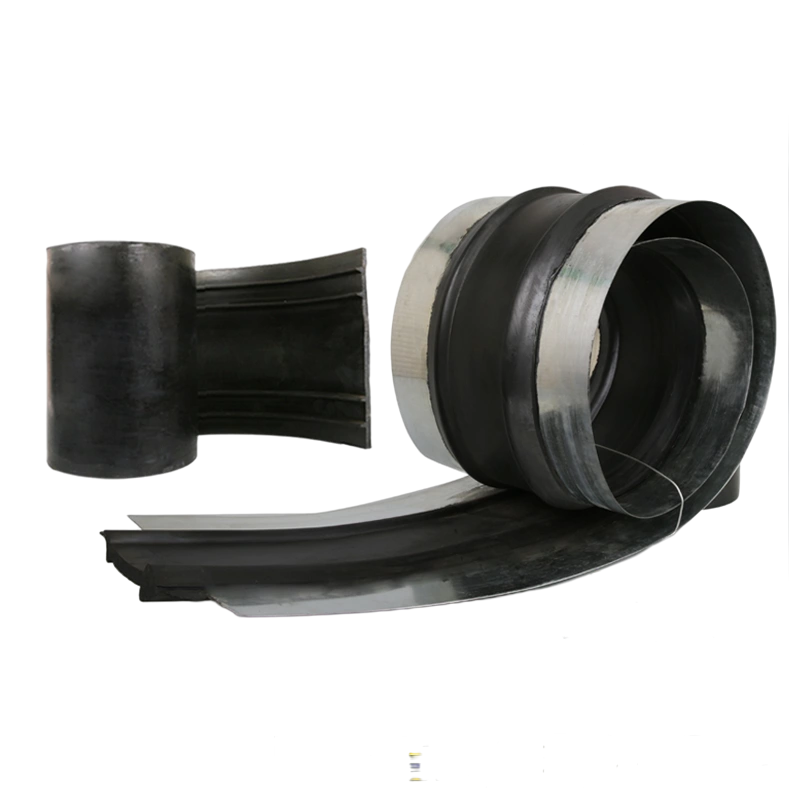When building a concrete structure, it is crucial to ensure its durability and longevity. One of the key factors in achieving this is the use of rubber waterstops. These important materials play a vital role in preventing water penetration and leakage in concrete joints, ultimately maintaining the integrity of the entire structure.
rubber waterstops for concrete are specifically designed to provide a waterproof seal at construction joints, expansion joints, and other vulnerable areas of concrete structures. They are made from a high-quality rubber compound that provides excellent elasticity, durability and resistance to various environmental factors. This makes them ideal for effectively sealing any potential pathways for water to penetrate concrete.
Water intrusion is a common concern in the construction industry and can lead to problems such as steel corrosion, concrete deterioration, and mold growth. By integrating rubber waterstops into concrete joints, these issues can be effectively mitigated, ensuring the structural integrity and longevity of the building.
One of the main advantages of using rubber waterstops is their ability to accommodate movement and deformation within a concrete structure. Because buildings are subject to thermal expansion, contraction, and other forms of structural movement, the flexibility of rubber waterstops for concrete allows them to adapt to these changes without affecting their sealing capabilities. This flexibility is critical to maintaining a consistently reliable barrier to water penetration.
In addition, rubber waterstop for concrete come in a variety of shapes and sizes to accommodate different joint configurations and construction requirements. Whether it is a straight joint, a non-moving joint, or a joint with severe motion, there are specific types of rubber waterstops designed to effectively meet these different needs.
In addition to their functional benefits, rubber waterstops are relatively easy to install, making them a practical choice for construction projects. Their installation usually involves placing them within concrete joints and ensuring proper alignment and adhesion to the concrete surface. This simple installation process helps improve the overall efficiency of your construction project.
It is important to note that choosing the right rubber waterstop is critical to ensuring its effectiveness. Factors such as joint type, expected movement, and exposure to chemicals or temperature extremes should be considered when selecting the appropriate waterstop for a specific application.
In summary, the use of rubber waterstops is essential to protect concrete structures from water penetration and ensure their long-term durability. Rubber waterstops play a critical role in maintaining the integrity of concrete buildings and infrastructure by effectively sealing joints and vulnerable areas. Their flexibility, durability and ease of installation make them an integral part of the construction industry, helping to improve the overall quality and resilience of concrete structures.
Post time: Apr-07-2024



